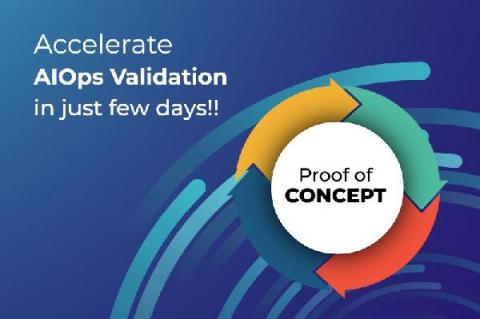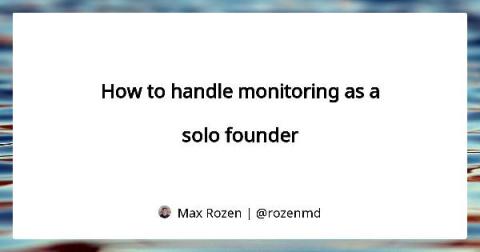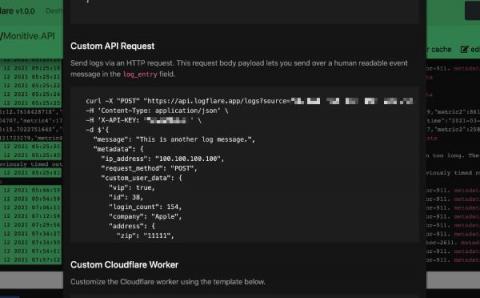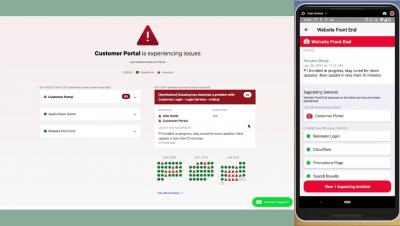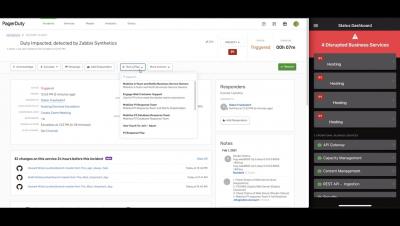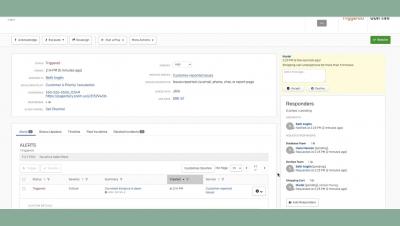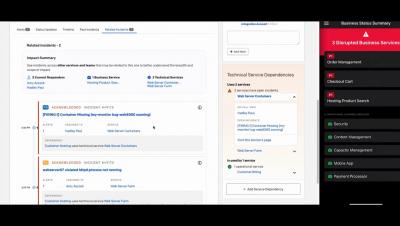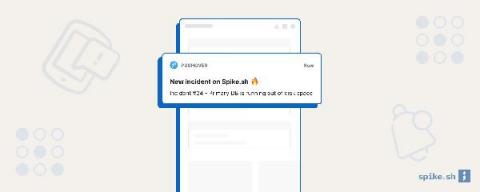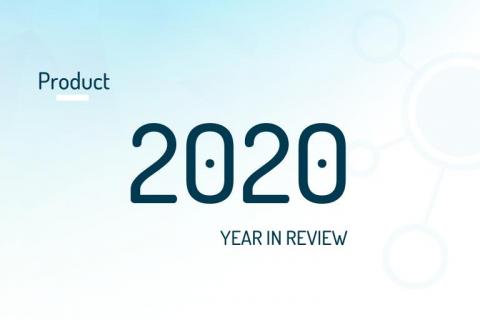Operations | Monitoring | ITSM | DevOps | Cloud
Alerting
Guidelines for picking where to send monitoring alerts
If you've ever had to be on the receiving end of a monitoring system that uses email for alerts, you know how noisy things can get. Particularly if you're working in an agency or freelance-like environment, with dozens of client sites to maintain. You get so many emails that you start looking into integrations with third-party services like Zapier, and coming up with more and more complex rules to try reduce the noise.
What if You Could Autonomously Monitor Across Your Databases?
When DevOps teams talk about monitoring a database, the primary motivation is to ensure that the database won’t suffer a performance hiccup. Long queries, timeouts and table scans are among the most popular causes behind lousy customer experience. However, in recent years, more data has been shifted to cloud databases.
Monitoring an API via HTTP POST and Phone Call alerts
Learn how to monitor an API by doing an HTTP POST request to it every minute and instantly be notified when it goes down. It all takes under 10 minutes so let’s dive in, head first.
Modernize Incident Response With PagerDuty Solution Demo
PagerDuty for Service Ownership Solution Demo
PagerDuty for Customer Service Ops & the PagerDuty Zendesk Integration Demo
PagerDuty for AIOps Solution Demo
How to get mobile push notifications from any service
Love 'em or hate 'em, mobile push notifications can be very useful. They are not as intrusive as a phone call and have better information formats and control than text messages. Which is why it can be very frustrating to not get push notifications for your favorite product because it doesn't have a mobile app. In this post, we will see how to get mobile push notifications from any service, even if they don't have a mobile app.
2020 Year in Review
Obviously 2020 was a very challenging and disruptive year. And for IT it brought unexpected pressure, the status pages of many of our clients were quite busy with the move to remote work and operations. But every challenge brings the opportunity to improve.


